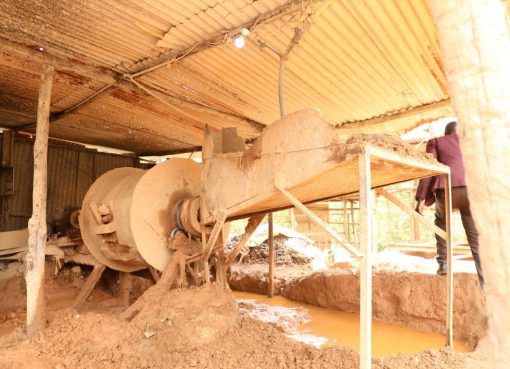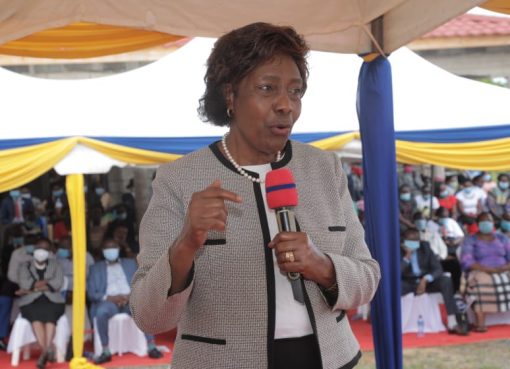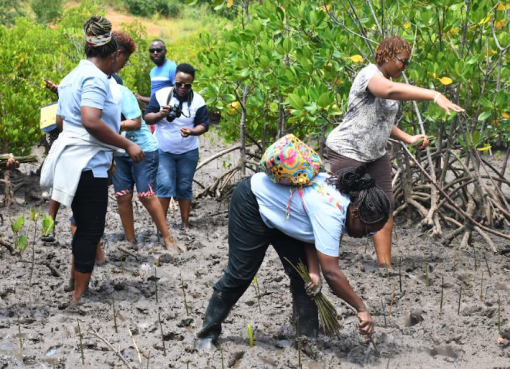The national and county governments have heightened surveillance following a possible second wave of the locust invasion in the country.
Already a number of counties are experiencing the invasion that threatens the country’s food security coming soon after the debilitating effects of Covid-19 pandemic.
Speaking at Garissa Agricultural Training Centre (ATC), state department of agriculture PS Prof. Hamadi Boga assured Garissa county government of more resources in the fight against the desert locusts’ menace.
Prof Boga who is touring the county to assess the spread of the desert locust said the national government “was impressed by the efforts” by the surveillance teams to control the spread of the deadly pests.
The PS acknowledged the roles played by the national government administrative offices and especially the chiefs, trained scouts and elders “who continuously work hand in hand with the desert locusts control base to avert a crisis by the pests that are suspected to have emerged from neighbouring Somalia.”
Garissa County Secretary Abdi Sheikh said that a total 6,800 hectares of both crop and pasture have been invaded by the locusts.
He said several stakeholders that include the national government, County government, FAO, WFP, Pastoralist Girls, NDMA, meteorological department, Kenya Red cross and KDF were jointly involved in the fight against the desert locusts.
Sheikh said the team has shown great commitment towards surveillance and control of the desert locusts.
He said several challenges still exists and called for the intervention of both partner organizations and the national government to address.
Area County Commissioner Meru Mwangi said there is need for more strategies to deal with the locusts before they crossed over to other parts of the country.
“The locust are a real threat to food security across the country. We must come up a strategy to stop the pests from spreading to neighbouring counties,” Mwangi said.
Mwangi promised that chiefs and elders would remain vigilant towards the surveillance and control of the pests.
Finance CEC Issa Oyow said areas infested so far spread across 14 wards in six sub counties in Garissa County.
He said the pests posed a major threat to both crop farmers and livestock farmers whose livelihood was likely to be affected despite all efforts geared towards the surveillance and control measures.
by Jacob Songok





